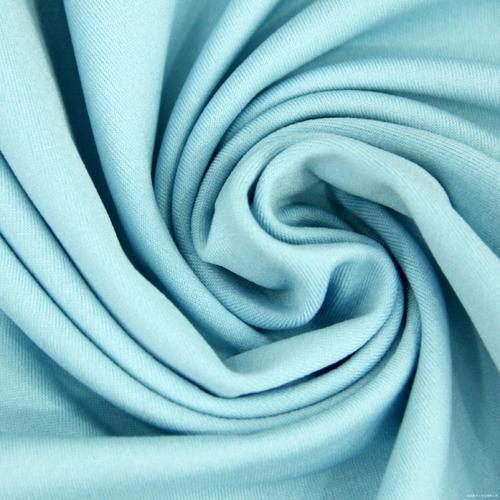The reason why spandex fabric is prone to yellowing over time
Spandex is a commonly used fiber variety in our daily lives, characterized by outstanding elasticity, low fineness, high elastic modulus (up to 400% -800% elongation at break), and low specific gravity. Spandex can be blended with textile fibers such as nylon, wool, cotton, polyester, acrylic, and viscose to create a soft, elastic, and comfortable fabric. It is widely used in fitness wear, swimwear, jeans, leggings, underwear, jumpsuits, and underwear. Because women have higher requirements for close fitting clothing, spandex fabric is more favored by women.

For example, if a woman's irresistible lace fabric (including spandex) guesses correctly and wears or places it for a long time, it may simply turn yellow. What is the reason for this?
Because spandex molecular chains contain many reactive groups such as amino groups, they easily turn yellow during high-temperature setting or storage, which affects the quality of products, especially fluorescent whitening fabrics and light colored fabrics. Because spandex uses silicone oil lubricants and other additives in the weaving process to improve its spinning performance. These additives will naturally degrade over time, causing the fibers to turn yellow. In addition, spandex itself is not easy to color, which means that conventional dyes cannot color spandex. Therefore, after dyeing the fabric, if the restoration and cleaning are not sufficient, the so-called yellowing phenomenon may also occur.
Article source: Fancy Thread Manufacturer
-
05-27
The reason why fabrics containing spandex are prone to yellowing
Spandex is a commonly used fiber variety in our daily lives, characterized by good elasticity, low fineness, high elastic modulus (cracking elongation can reach 400-800), and low specific gravity. Spa
-
04-24
Colored non dyed nylon with synthetic fiber raw material
The current conventional fiber coloring mostly uses yarn dyeing method, which has long process, high loss, high cost, and the product has color difference and low color wash fastness. Yarn is prone to
-
03-26
What are the characteristics of non dyed spandex?
Non dyed spandex has also been widely used in recent years. Non dyed spandex fiber can be blended with fibers such as nylon, polyester, acrylic, cotton, wool, etc., which can give fabrics excellent el
-
02-24
The influence of yarn structure on fabrics
The basic characteristics of yarn include its appearance and shape, twisting characteristics, fiber transfer and distribution characteristics in the yarn, as well as the surface fuzz and internal loos
